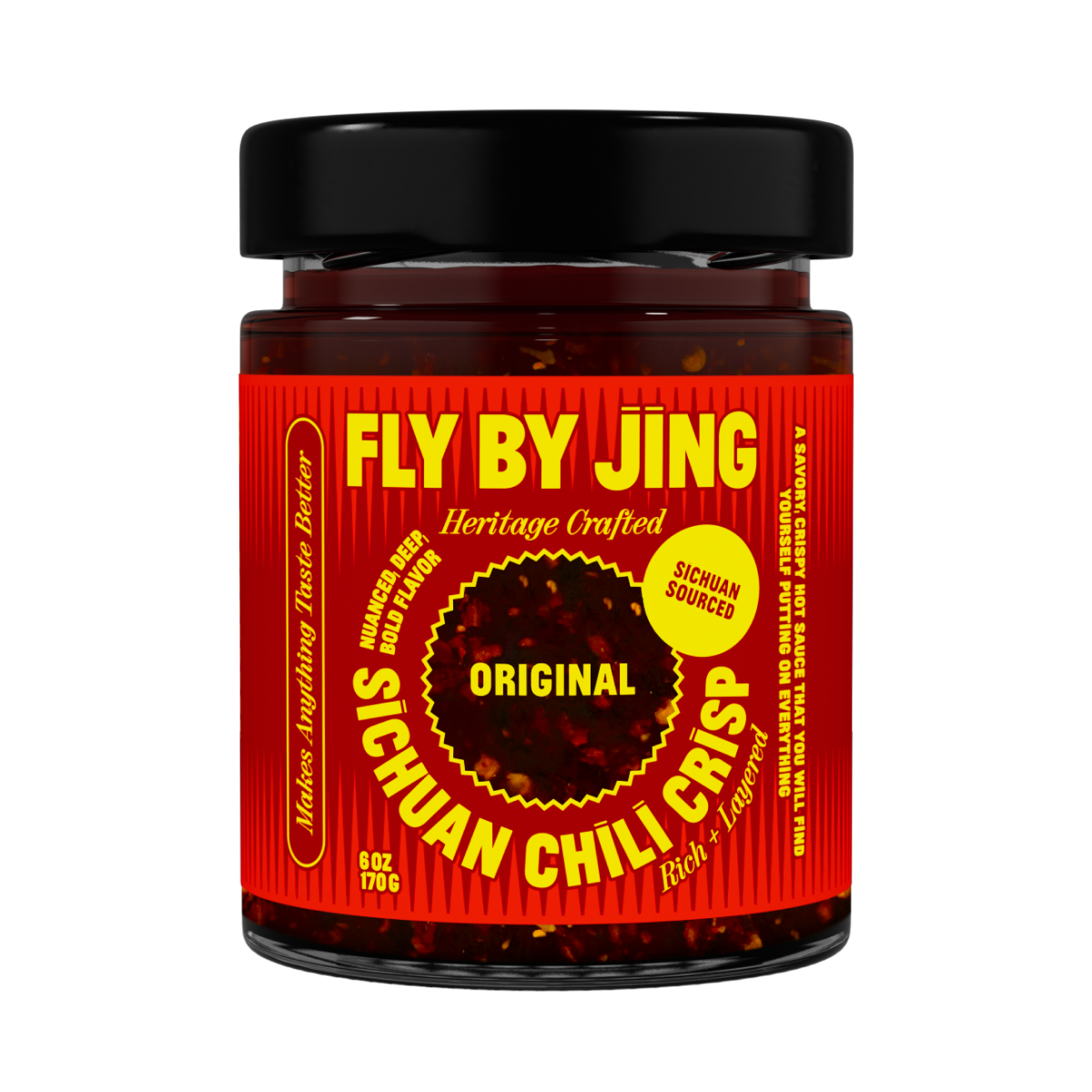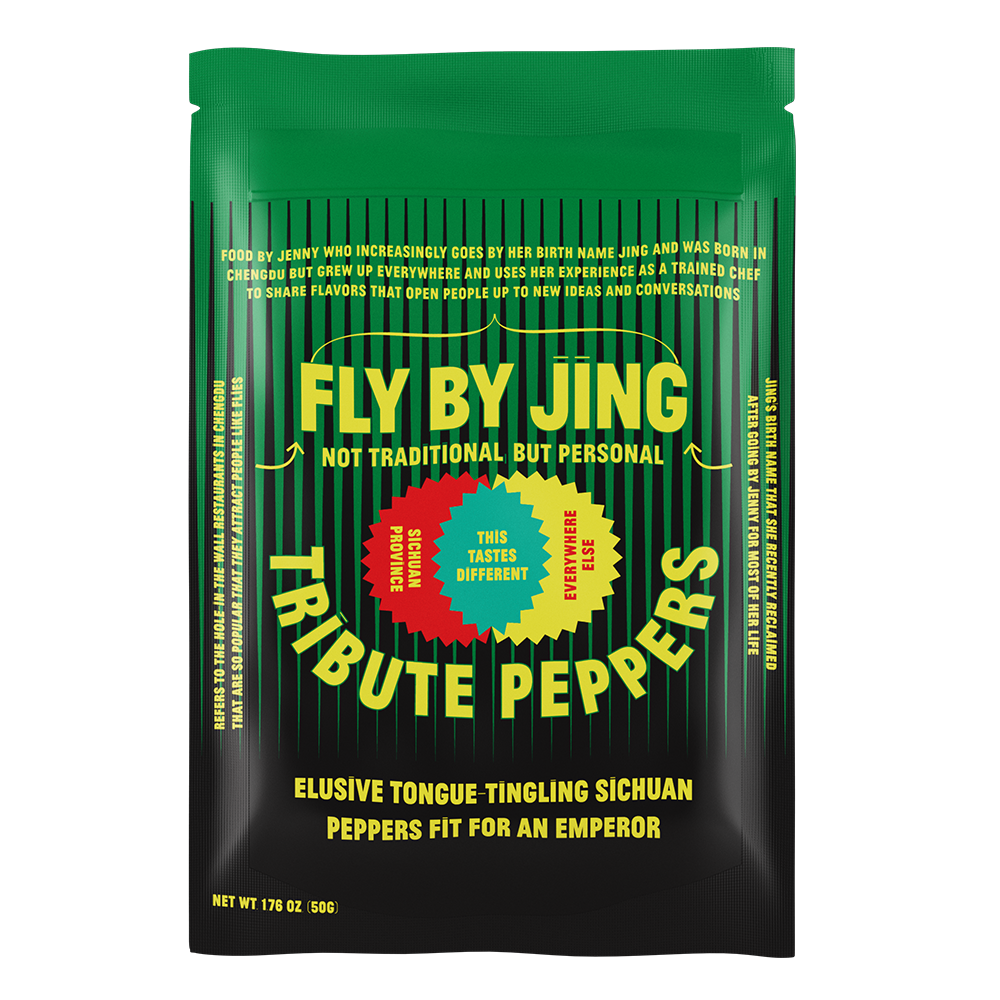Ingredients
Happiness for me is slurping a deep bowl of these classic noodles — they’re an iconic Sichuan street food dish for a reason! They rose to fame in Chengdu, where they were sold by street hawkers, who carried their wares in baskets tied to bamboo poles (called dan in Chinese).
An essential ingredient in dan dan noodles is yacai, preserved mustard greens. They are necessary for a deep umami funk and crunch. I love Yibin Suimi Yacai but it can be hard to find. Try your local Chinese grocery store, or search online grocers like weee! If you can't find it, you can do without it. For vegetarians, you can sub a faux ground meat like Impossible or Beyond Beef instead of ground beef.
This slurpable, tingly recipe can be found in The Book of Sichuan Chili Crisp. Jing Gao’s debut cookbook traverses the “not traditional but personal” Sichuan flavors of Fly By Jing’s cult favorite spicy and savory chili crisp through 85 hot recipes for everything from dumplings to cocktails to desserts.
INSTRUCTIONS
- To make the topping: In a wok over high heat, warm the oil until very hot. Add the suimi yacai and stir-fry for 1 minute, until fragrant. Add the ground meat and broth soy sauces and cook for 5 to 6 minutes, until the meat is brown but not dry.
- To make the sauce: In a small bowl, combine the chili crisp, both soy sauces, roasted Sichuan pepper, and scallions. Divide the sauce evenly into four small bowls.
- To cook the noodles: In a medium pot over high heat, bring water to a boil and cook the noodles according to the package instructions. Drain the noodles in a colander and rinse under cold water to stop them from cooking further.
- When ready to serve, divide the noodles among the four bowls with the sauce and top with the ground meat. Garnish with scallions and a dash of roasted Sichuan pepper.



